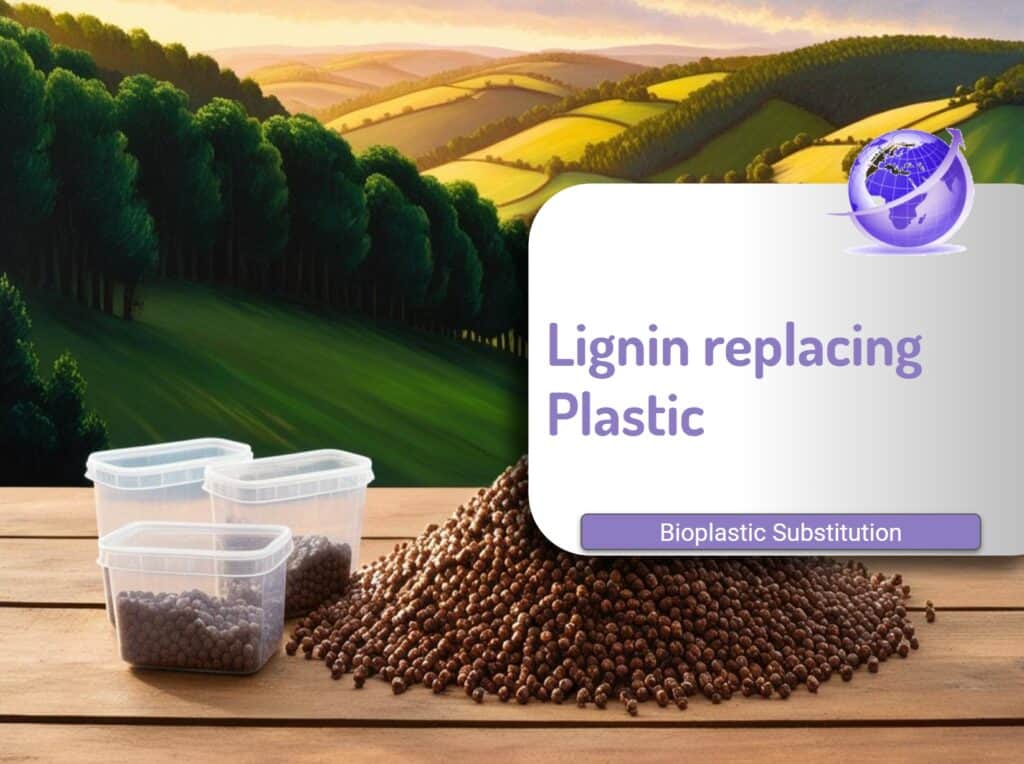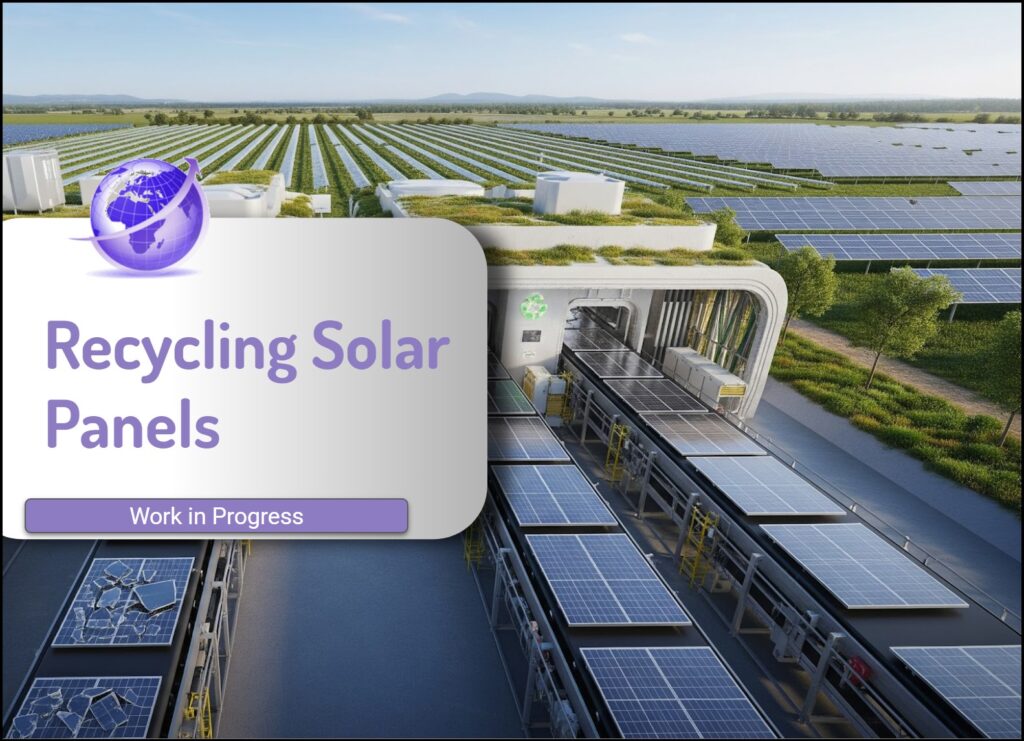Part of the anti-renewable energy campaign waged by the fossil fuel industry is the PV solar panels waste myth and that the world will become overwhelmed with trillions of waste panels. Researchers from the NREL lab as well as others dispell these myths convincingly. The media promotes two different myths .
- The scale of the waste
- purported toxicity of solar panels
The media and even government departments greatly exaggerate these claims. Yet there are existing recycling companies in the countries with large numbers of panels.
Dr Rong Deng, an expert in solar panel recycling at the University of New South Wales in Australia spoke of this and media companies have turned it into a major problem whereas it is a potential problem but 1/200th to 1/800th of the problem of other waste streams.
The scale of the PV Solar Panel Waste Myth

Many claim solar panels only last 10 years. Most recent ones have 50 year lifespans. It may be that panels are replaced before 50 years but there will be a resues market where these are used in other locations.
Existing Recyclers
- Solarcycle tech claims they can return more than 95% of valuable materials like aluminum, glass, copper, silver and silicon back to the domestic solar value chain.
- In Switzerland, ROSI, a specialist solar recycling company owns a facility, in the Alpine city of Grenoble, and hopes eventually to be able to extract and re-use 99% of a unit’s components.
- In Australia, PV recyclers already recycling panels
Toxic Materials Myth
Several U.S. state department websites, such as the Florida Department of Environmental Protection suggest solar modules can contain toxic materials such as arsenic, gallium, germanium and hexavalent chromium.
The 2 most common types of PV contain little harmful materials.
Crystalline silicon PV modules
- 77% glass
- 10% aluminium
- 3% silicon
- 9% polymers,
- less than 1% copper, silver and tin,
- Less than 0.1% lead
CdTe modules
- 80–85% glass
- 11–14% aluminium
- 2–4% polymers
- less than 0.4% copper
- Less than 0.1% tellurium and cadmium
A recurring issue raised against solar development is the presence of cadmium in photovoltaic panels. But as per above, cadmium is present in only a small share of panels; it makes up 0.1% of the mass of the panels in which it’s present; and the form of cadmium sometimes used in panels is different and safer than the form that leads to health concerns.
The lead comes from solder, but fully recoverable. New Cadmium Telluride are easily removed along with the copper and aluminium.
Plants Available from China
When you can purchase a recycling system from China, you know it is available
References
- Mirletz, H., Hieslmair, H., Ovaitt, S. et al. Unfounded concerns about photovoltaic module toxicity and waste are slowing decarbonization. Nat. Phys. 19, 1376–1378 (2023). https://doi.org/10.1038/s41567-023-02230-0
- These Two Myths About Solar Power Are Slowing The Energy Transition https://www.forbes.com/sites/davidrvetter/2023/10/12/these-two-myths-about-solar-power-are-slowing-the-energy-transition/?sh=3fba6104135c
- BBC Challenge to stop solar panels becoming a ‘waste mountain’ https://www.bbc.com/news/science-environment-65602519





